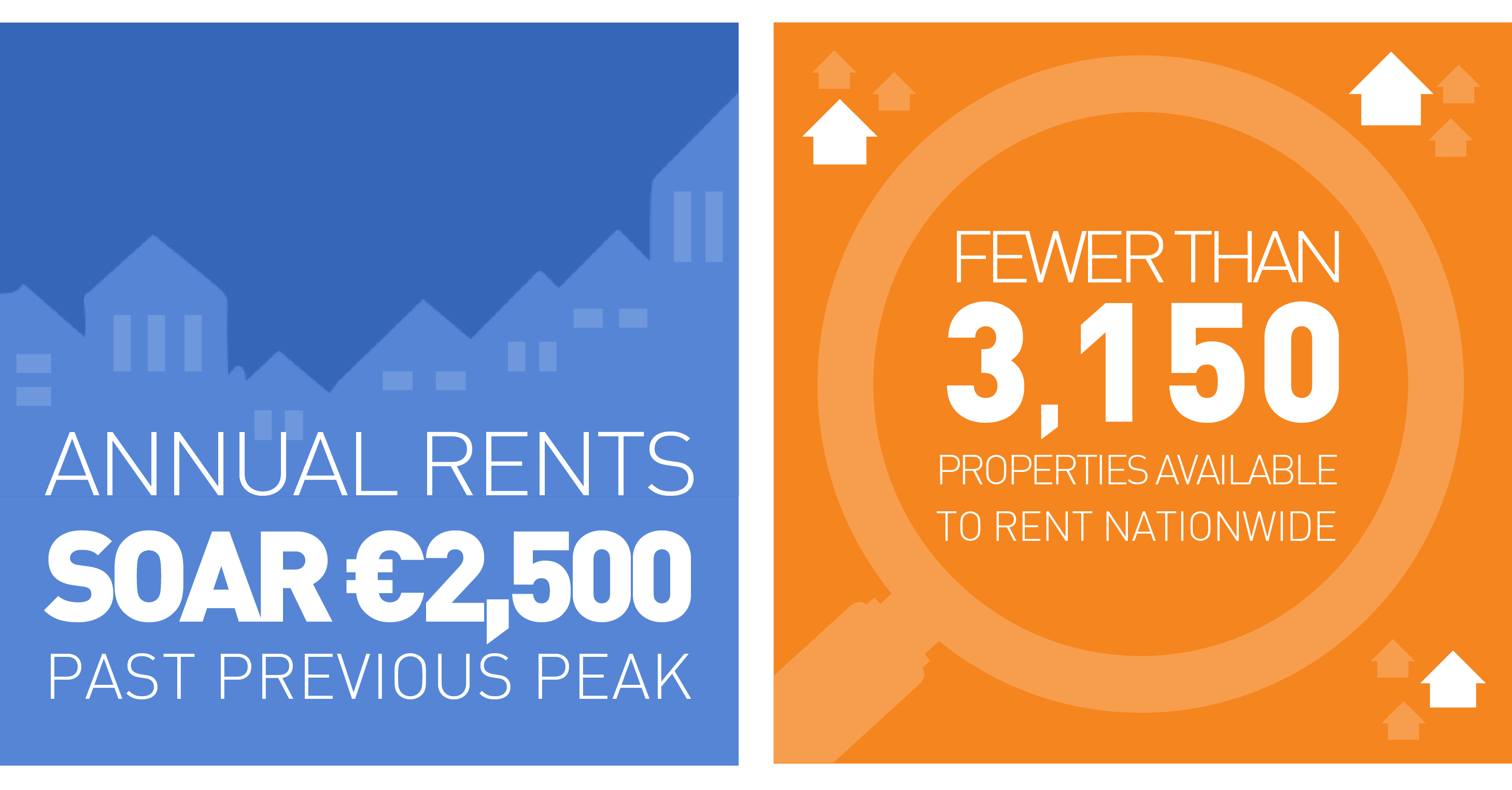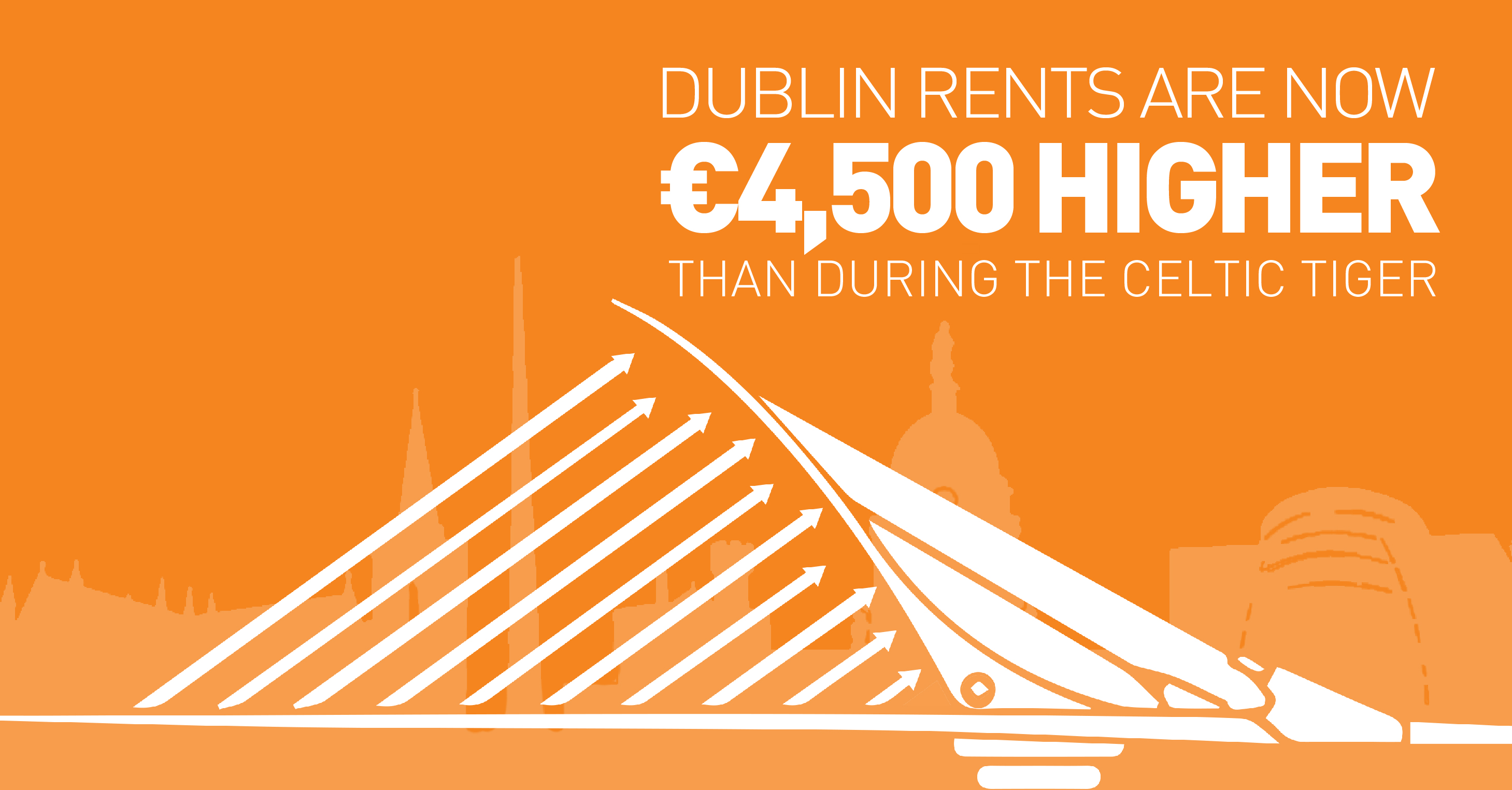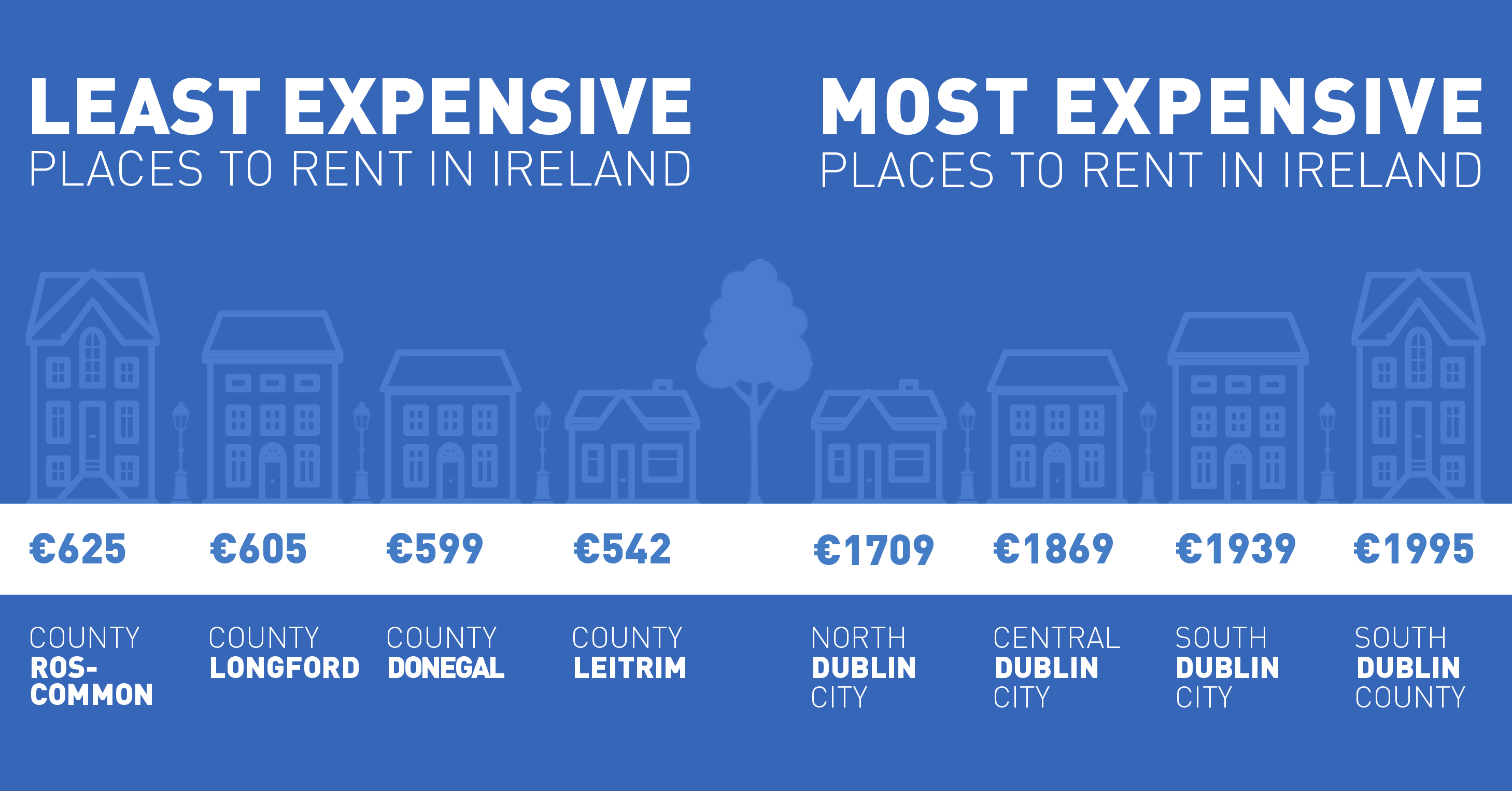Irish Rental Price Report Q4 2017 | Daft.ie
Daft Reports
- Ronan Lyons (House Price, Q1 2024)
- Ronan Lyons (Rental Price, Q4 2023)
- Ronan Lyons (House Price, Q4 2023)
- Ronan Lyons (Rental Price, Q3 2023)
- Ronan Lyons (House Price, Q3 2023)
- Ronan Lyons (Rental Price, Q2 2023)
- Ronan Lyons (House Price, Q2 2023)
- Ronan Lyons (Rental Price, Q1 2023)
- Ronan Lyons (House Price, Q1 2023)
- Ronan Lyons (Rental Price, Q4 2022)
- Ronan Lyons (House Price, Q4 2022)
- Ronan Lyons (Rental Price, Q3 2022)
- Ronan Lyons (House Price, Q3 2022)
- Ronan Lyons (Rental Price, Q2 2022)
- Ronan Lyons (House Price, Q2 2022)
- Ronan Lyons (Rental Price, Q1 2022)
- Ronan Lyons (House Price, Q1 2022)
- Ronan Lyons (Rental, Q4 2021)
- Ronan Lyons (House Price, Q4 2021)
- Ronan Lyons (Rental, Q3 2021)
- Ronan Lyons (House Price, Q3 2021)
- Ronan Lyons (Rental, Q2 2021)
- Ronan Lyons (House Price, Q2 2021)
- Ronan Lyons (Rental, Q1 2021)
- Ronan Lyons (House Price, Q1 2021)
- Ronan Lyons (Rental, Q4 2020)
- Ronan Lyons (House Price, Q4 2020)
- Ronan Lyons (Wealth, H2 2020)
- Ronan Lyons (Rental, Q3 2020)
- Ronan Lyons (House Price, Q3 2020)
- Ronan Lyons (Housing, July 2020)
- Ronan Lyons (Housing, June 2020)
- Ronan Lyons (Housing, May 2020)
- Ronan Lyons (Rental, Q1 2020)
- Ronan Lyons (House Price, Q1 2020)
- Ronan Lyons (Rental, Q4 2019)
- Ronan Lyons (House Price, Q4 2019)
- Ronan Lyons (Wealth, H2 2019)
- Ronan Lyons (Rental, Q3 2019)
- Ronan Lyons (House Price, Q3 2019)
- Pierre Yimbog (Rental, Q2 2019)
- Ronan Lyons (House Price, Q2 2019)
- Ronan Lyons (Wealth, H1 2019)
- Ronan Lyons (Rental, Q1 2019)
- Ronan Lyons (House Price, Q1 2019)
- Ronan Lyons (Rental, Q4 2018)
- Ronan Lyons (House Price, Q4 2018)
- Ronan Lyons (Wealth, H2 2018)
- Ronan Lyons (Rental, Q3 2018)
- Ronan Lyons (House Price, Q3 2018)
- Shane De Rís (Rental, Q2 2018)
- Ronan Lyons (House Price, Q2 2018)
- Ronan Lyons (Wealth, 2018)
- Ronan Lyons (Rental, Q1 2018)
- Ronan Lyons (House Price, Q1 2018)
- Ronan Lyons (Rental, Q4 2017)
- Ronan Lyons (House Price, Q4 2017)
- Ronan Lyons (Rental, Q3 2017)
- Ronan Lyons (House Price, Q3 2017)
- Katie Ascough (Rental, Q2 2017)
- Ronan Lyons (Wealth, 2017)
- Ronan Lyons (House Price, Q2 2017)
- Ronan Lyons (Rental, Q1 2017)
- Ronan Lyons (House Price, Q1 2017)
- Ronan Lyons (Rental, Q4 2016)
- Ronan Lyons (House Price, Q4 2016)
- Ronan Lyons (Rental, Q3 2016)
- Ronan Lyons (House Price, Q3 2016)
- Ronan Lyons (School Report, 2016)
- Conor Viscardi (Rental, Q2 2016)
- Ronan Lyons (Rail Report, 2016)
- Ronan Lyons (House Price, Q2 2016)
- Ronan Lyons (Rental, Q1 2016)
- Ronan Lyons (House Price, Q1 2016)
- Ronan Lyons (Rental, Q4 2015)
- Ronan Lyons (House Price, Q4 2015)
- Ronan Lyons (Rental, Q3 2015)
- Ronan Lyons (House Price, Q3 2015)
- Marcus O'Halloran (Rental, Q2 2015)
- Ronan Lyons (House Price, Q2 2015)
- Ronan Lyons (Rental, Q1 2015)
- Ronan Lyons (House Price, Q1 2015)
- Ronan Lyons (Rental, Q4 2014)
- Ronan Lyons (House Price, Q4 2014)
- Ronan Lyons (Rental, Q3 2014)
- Ronan Lyons (House Price, Q3 2014)
- Domhnall McGlacken-Byrne (Rental, Q2 2014)
- Ronan Lyons (House Price, Q2 2014)
- Ronan Lyons (Rental, Q1 2014)
- Ronan Lyons (House Price, Q1 2014)
- Ronan Lyons (Rental, Q4 2013)
- Ronan Lyons (House Price, Q4 2013)
- Ronan Lyons (Rental, Q3 2013)
- Ronan Lyons (House Price, Q3 2013)
- Ronan Lyons (Rental, Q2 2013)
- Ronan Lyons (House Price, Q2 2013)
- Ronan Lyons (Rental, Q1 2013)
- Ronan Lyons (House Price, Q1 2013)
- Ronan Lyons (Rental, Q4 2012)
- Ronan Lyons (House Price, Q4 2012)
- Lorcan Sirr (Rental, Q3 2012)
- Padraic Kenna (House Price, Q3 2012)
- John Logue (Rental, Q2 2012)
- Ronan Lyons (House Price, Q2 2012)
- Barry O'Leary (Rental, Q1 2012)
- Seamus Coffey (House Price, Q1 2012)
- Joan Burton (Rental, Q4 2011)
- Ronan Lyons (House Price, Q4 2011)
- Philip O'Sullivan (Rental, Q3 2011)
- Sheila O'Flanagan (House Price, Q3 2011)
- Rachel Breslin (Rental, Q2 2011)
- Constantin Gurdgiev (House Price, Q2 2011)
- Cormac Lucey (Rental, Q1 2011)
- Eoin Fahy (House Price, Q1 2011)
- Lorcan Roche Kelly (Rental, Q4 2010)
- Ronan Lyons (House Price, Q4 2010)
- John Fitzgerald (Rental, Q3 2010)
- Patrick Koucheravy (House Price, Q3 2010)
- Gary Redmond (Rental, Q2 2010)
- Jim Power (House Price, Q2 2010)
- Jill Kerby (Rental, Q1 2010)
- Brian Lucey (House Price, Q1 2010)
- Michael Taft (Rental, Q4 2009)
- Alan McQuaid (House Price, Q4 2009)
- Dr. Charles J. Larkin (Rental, Q3 2009)
- Emer O'Siochru (House Price, Q3 2009)
- Ronan Lyons (Rental, Q2 2009)
- Oliver Gilvarry (House Price, Q2 2009)
- Brian Devine (Rental, Q1 2009)
- Dr. Liam Delaney (House Price, Q1 2009)
- Gerard O'Neill (Rental, Q4 2008)
- Ronan Lyons (House Price, Q4 2008)
- Dr. Stephen Kinsella (Rental, Q3 2008)
- Moore McDowell (House Price, Q3 2008)
- Shane Kelly (Rental, Q2 2008)
- Fergal O'Brien (House Price, Q2 2008)
- Eoin O'Sullivan (Rental, Q1 2008)
- Dermot O'Leary (House Price, Q1 2008)
- Dan O'Brien (Rental, Q4 2007)
- Frances Ruane (House Price, Q4 2007)
- John McCartney (Rental, Q3 2007)
- Ronnie O'Toole (House Price, Q3 2007)
- Ronan Lyons (Rental, Q2 2007)
- Constantin Gurdgiev (House Price, Q2 2007)
- Fintan McNamara (Rental, Q1 2007)
- Rossa White (House Price, Q1 2007)
- Geoff Tucker (Rental, Q4 2006)
- Damien Kiberd (House Price, Q4 2006)
- Pat McArdle (House Price, Q3 2006)
- Marc Coleman (House Price, Q2 2006)
- David Duffy (House Price, Q1 2006)
- Austin Hughes (House Price, Q4 2005)
- David McWilliams (House Price, Q2 2005)

Rental market shows underlying urban pull
Another year of double-digit rent increases — that is the summary of 2017 in a few words. The figures in the latest Daft.ie Rental report show that, on average, listed rents increased by 10.4% during 2017. This compares with an increase of 13.5% in 2016, 9% in 2015 and 10.7% in 2014.
In Dublin, the streak is longer: rents have increased by 10% or more every year since 2013 — with the exception of 2015, when rents increased by 8.2%. This means that rents in the capital have increased by an average of 81% from their lowest point. That low was in late 2010, meaning that Dublin rents have risen, in year-on-year terms, for 26 consecutive quarters. This is twice as long as the previous market upswing, which lasted from early 2005 to mid-2008. It's also twice as long as the downturn, which lasted the following four years.

The focus on Dublin is sometimes questioned but, at least in the rental market, is merited. Outside Dublin, rents have increased by 52% on average — well below the increase seen in the capital. And this figure itself is dragged up by areas within the functional Dublin economy: Meath and Louth, for example, have seen rents rise by 81% and 78% respectively since bottoming out. Cork, Galway and Limerick have also seen significantly larger rent increases than the national average — with increases of slightly more than 65% in each case.
These changes highlight the structural shifts at work in the economy. In particular, Ireland is converging to its economic peers in Europe and elsewhere, shifting away from agriculture (and manufacturing) and into services. A shift into services means a shift into cities and this is what is putting pressure on the housing market, especially in urban areas.
When it comes to living in urban or rural areas, Ireland is not different, just late. Currently, two thirds of its population lives in cities — compared to an average among our OECD peers of 80%. But this fraction has been creeping up over the last half-century and, given density is needed to make the services we enjoy viable, this pressure is not going to go away any time soon.

In the context of Ireland's forthcoming National Planning Framework — dubbed "Ireland 2040" — this is central. If Ireland's population were to grow by 1% a year between now and 2040, roughly the rate it has grown over the last few decades, its population would be 6 million by then. And if 80% of our population live in the cities in 2040, this means they will house 4.8 million people, up from 3.1 million currently.
The other 1.2m people in 2040 will live in rural areas. Currently, though, there are 1.7m people living in rural areas. So, our baseline scenario as a country is that, over the coming generation, urban areas will grow by something like 2% a year, while rural areas will see their populations shrink by 1.5% a year.
One typical reaction to this is that there must be some way for policymakers to stem the flow into cities. It is not obvious that this is desirable, though: if we want our young citizens to be well educated, then they will need to be able to use those skills — and this means clustering, in other words cities.

Perhaps more open to policymakers is the relative importance of Dublin compared to Ireland's four other cities. Dublin can appear at first glance to be somewhat outsized relative to the country's other cities — although once you factor in Belfast and Derry, Ireland looks very similar to most other countries in terms of the how the bigger cities compare to the smaller ones.
In fact, somewhat paradoxically, the best hope for rural Ireland lies in the success of the cities. The bigger Dublin and Ireland's other cities grow, the bigger the population that can be sustained in rural areas. Or to put it another way, if rural Ireland appears consigned to 20% of the total, then it is in the interest of rural Ireland for the total to be as large as possible.
In the scenario for 2040 above, an average growth rate of 1% in the population was assumed. This led to a fall in the total rural population of almost half a million (or 30%). If Ireland were able to grow its population by 2% a year — an admittedly very tall order — this would mean its population in 2040 would be close to 7.5 million. In that case, a 20% rural share would mean a fall of just 200,000 in the numbers living in rural areas.

However, if Ireland were to grow by just 0.5% a year over the coming generation, the rural shrinkage would be even faster. This slower growth rate — more in line with how fast other high-income countries are growing — would mean a population of just 5.4 million in 2040. In this case, rural Ireland would shrink by 600,000 people in the same time.
There is one other way: sprawl. This is the model we have effectively adopted over the last twenty years. Even as our labour market concentrates, we spread our housing further and further out around the country. In principle, we could continue to do this over coming decades. But this kind of development comes with costs, in terms of time, family life and the environment, that hopefully we can agree is not an option.
